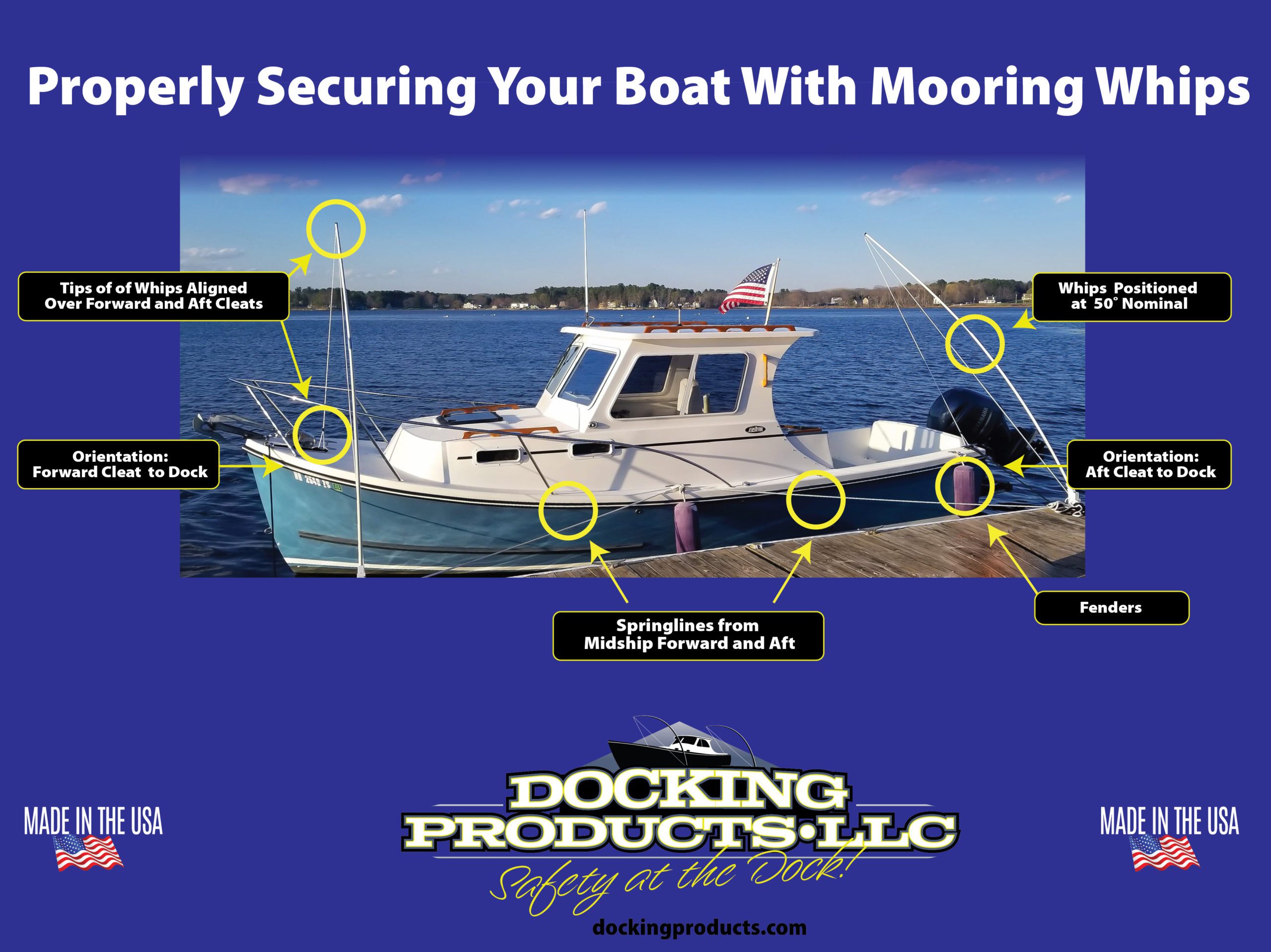Tips on Docking
 There are many terms used in boating that we hear or become aware of but are not fully understood. So for the sake of clarity; one that I think fits into that category is the term “Spring Lines”. A spring line is actually two lines, one that extends from the front of a boat or bow to the dock and one that extends from the back of the boat or the stern to the dock. A spring line may also be used at the stern of the boat crossing from the port to starboard again preventing side movement.
There are many terms used in boating that we hear or become aware of but are not fully understood. So for the sake of clarity; one that I think fits into that category is the term “Spring Lines”. A spring line is actually two lines, one that extends from the front of a boat or bow to the dock and one that extends from the back of the boat or the stern to the dock. A spring line may also be used at the stern of the boat crossing from the port to starboard again preventing side movement.
By the way while we are speaking about boating terms there is a very good reason for so many specific terms. When you are out at sea or any time on the water things may seem tranquil to most people. That is an illusion, this appearance of things happening in slow motion can get you in big trouble. Because events as they first appear need to be acted upon swiftly, with certainty and confidence which at times comes from experience, attributes of a good captain. The awareness of an approaching problem and acted upon immediately will prevent that problem from being uncontrollable which can happen quickly in a threating environment such as boating may in turn affect the safety of everyone on board. Believe it or not that is one of the main reason everything on a boat has a specific name and a specific place with a specific name. When an order is given by the captain the crew must be clear and aware of what the captain needs done, immediately, without doubt and without hesitation. Port and Starboard is a good example. If the captain would call out a command and say your right side or your left side of the boat he would have to determine which way you were facing at that very moment. So it is important as a captain to know these terms and to have a crew he depends on whether it is one person or many to also know these boating terms.
Back to spring lines, as I mentioned spring lines are attached to the dock from the bow and stern but they are crossed. In other words the bow line extends towards the stern of the boat and is attached to the dock.The stern line extends towards the bow and is attached to the dock. The purpose is to prevent the movement of the boat forward of backwards which may be due to current or wind. Of course additional lines are always necessary including other equipment such as docking products produced by my Company General Marine Products. Another important reason why spring lines are effective is the fact they tend to be long allowing for up and down movement, you must be careful when a short line is used from the dock to your boat because you need to allow for the tidal change, especially lines used at the stern. It is also important to allow enough line slack when using a spring line for the tide changes so your boat is sufficiently away from the dock at low tide and not too lose at high tide to cause damage to your boat from contact with your dock. Our docking products from General Marine are designed to help keep your boat a safe distance from your dock in conjunction with the use of docking lines. Docking lines must always be observed and attended to during tide changes and other changes in the weather.
One final tip about dock lines, always have a set of dock lines and an additional set of dock lines stored in an assessable place on your boat when visiting other docks. Once the dock lines are adjusted correctly for your boat at your dock they should not be removed. Detach your dock lines only from your boat when you leave your dock so they are always ready at the right length when returning, preferably a looped end should be attached to the cleat of your boat.
By: Samuel Posner, Pres. General Marine Products LLC.
Comments or Question: info@dockingproducts.com

